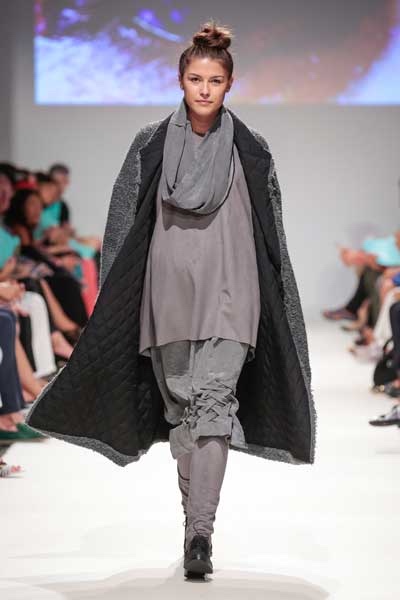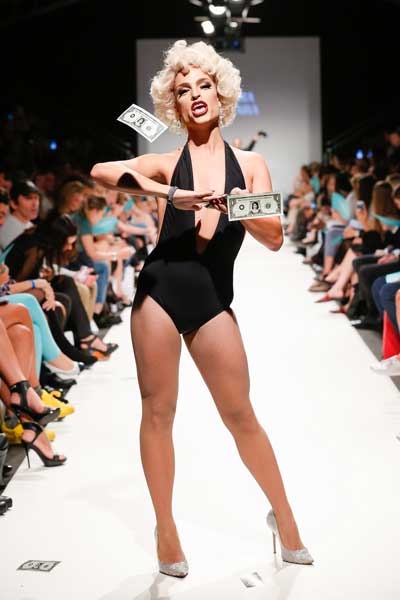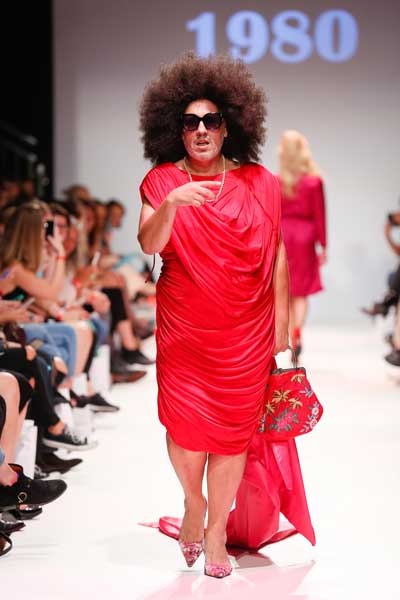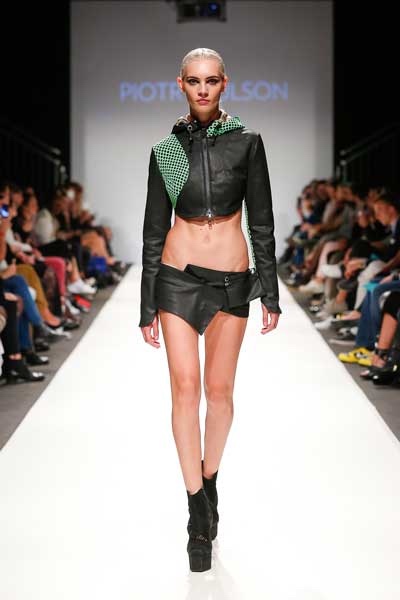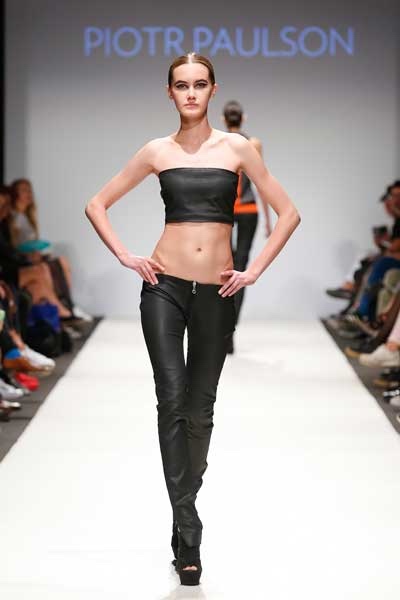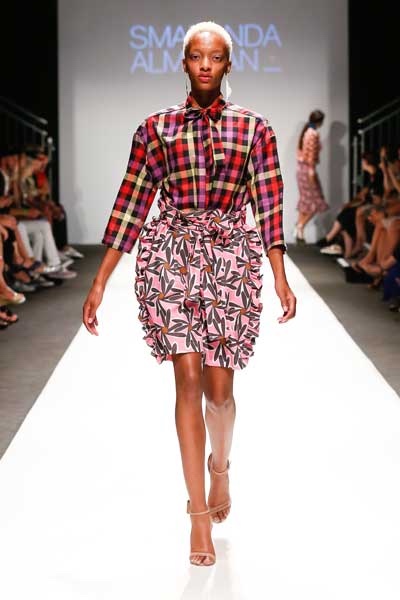As the last 2016 edition of MQ Vienna Fashion Week folded before my eyes, I was left with the strangely uplifting feeling that fashion may still make some people happy, rejoicing in the joys of dressing-up and simply having a good time. Unpretentious and democratic, MQ Vienna Fashion Week has traditionally been open to professionals, as well as the wider public, giving the event an eclectic feel. Primarily conceived for local designers to show their wares, and increase their sales via media exposure, the Fashion Week – located in the city’s famous Museumsquartier – also includes participants from Eastern Europe, Asia and Latin America, operating as an interactive platform between several cultures.
Vienna has a unique atmosphere, and the richness of its cultural heritage could be felt in some of the strongest shows, such as Karin Oèbster’s KAYIKO, which was greeted with rapturous applause. The Vienna-based designer’s strength lies in her experimental tailoring, as well as deluxe materials, which give her garments a substantial and avant-garde feel. Outerwear was cosy and strong, while oversize tailoring and loose dresses had a nonchalant appeal. The designer asks her close friends and clients to walk her show every season, and it was refreshing to see different generations embrace her garments. A similar inclusive vibe defined Smaranda Almasan‘s beautiful show, which delivered an upbeat and positive message. The Romanian designer played with sartorial traditions and ethnic codes, reworking African-inspired prints and feminine shapes. Her mix-and-match approach was youthful and fun, as well as her understanding of colour and contrasting embellishment.
Using upcycled materials only and giving them a new raison d’être, Guatemalan designer Juan Carlos Gordillo added his own spin to prairie chic, crafting impeccably tailored jeans, cute shirts and sensual skirts. Inspired by the idea of Cosmic Folk, Austrian designer Anelia Peschev offered seductive reinterpretations of the statement dress, ranging from stripy numbers to cocktail shifts, which nicely emphasized female curves without being predictable. On the menswear front, Piotr Paulson stuck to his fetish roots, using rubber and other man-made textures to make bondage-inspired gear, which was clearly erotic and rather confrontational. Sexuality, and its so-called ‘perversions’, do not seem to bother the Viennese at all, with hedonism and a certain laissez-faire spirit defining the city. This was clear in the statement made by the closing show last Sunday, a drag queen filled extravaganza orchestrated by Mario Antonio Soldo. Using vintage pieces from Humana – whose boutiques are spread all over the city – the presentation spanned five decades and their infamous sartorial looks, with guests clapping and singing along to the show’s soundtrack. Yep, some folks still adore fashion, you’ll just have to go to Vienna to meet them.
Words: Philippe Pourhashemi

